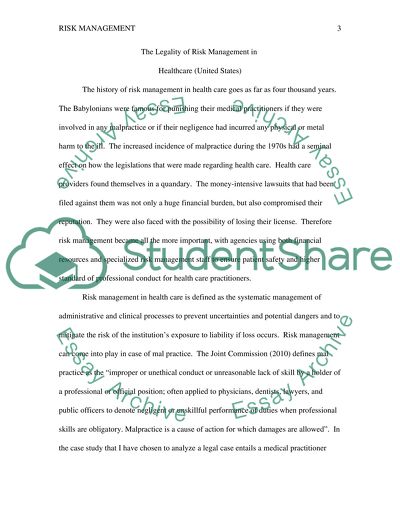Cite this document
(“The Legality of Risk Management in Healthcare (United States) Essay”, n.d.)
The Legality of Risk Management in Healthcare (United States) Essay. Retrieved from https://studentshare.org/miscellaneous/1567882-the-legality-of-risk-management-in-healthcare-united-states
The Legality of Risk Management in Healthcare (United States) Essay. Retrieved from https://studentshare.org/miscellaneous/1567882-the-legality-of-risk-management-in-healthcare-united-states
(The Legality of Risk Management in Healthcare (United States) Essay)
The Legality of Risk Management in Healthcare (United States) Essay. https://studentshare.org/miscellaneous/1567882-the-legality-of-risk-management-in-healthcare-united-states.
The Legality of Risk Management in Healthcare (United States) Essay. https://studentshare.org/miscellaneous/1567882-the-legality-of-risk-management-in-healthcare-united-states.
“The Legality of Risk Management in Healthcare (United States) Essay”, n.d. https://studentshare.org/miscellaneous/1567882-the-legality-of-risk-management-in-healthcare-united-states.


